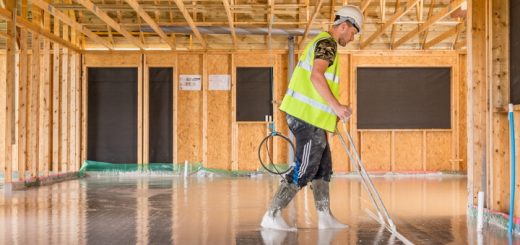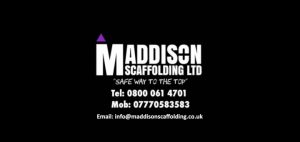All you need to know about Passivhaus buildings

Passivhaus architecture is the leading energy efficiency standard for buildings.
When it’s applied correctly it can reduce energy usage by up to 90%, which is a figure that will make anyone sit up and take notice. The main aim of Passivhaus is to provide a high level of comfort within your home or commercial building all year round, no matter the season or the variation of elements that the property is exposed to.
Sounds good, right? So why haven’t we heard more about this amazing new way of creating buildings that reduce energy consumption and increase all-round comfort? Passivhaus has actually been around and in practice for a few years, but it’s had some resistance from traditional construction companies who want to keep their costs low and want building standards to stay the way they are.
This attitude has kept Passivhaus architecture on the periphery for most of us in the UK. However, the obvious benefits that it brings are making the old building standards start to appear inadequate.
What makes Passivhaus different?
Passivhaus designs require meticulous attention to detail from the initial design to the building stage. It isn’t just a theory or general way of thinking – it’s a standard that your building must meet in order to be certified.
Passivhaus buildings use less than 1.5 litres of heating oil per square metre per year, which is a whole lot less than even the most energy efficient of standard buildings. The design uses a mixture of solar energy and body heat from the building’s inhabitants to create ideal temperatures in each room.
You may be thinking that a Passivhaus standard building will only benefit those in cooler climates, but it is actually just as effective for warmer climates where energy is needed to cool the building as well as for heating. Along with improved standards in windows, insulation, roofing and flooring, this creates an overall quality that can keep heat in or out of the building when necessary.
How much does it cost?
It’s true that Passivhaus was once considered elite and too highly priced for mainstream builders. However, like everything that has been established for a while, the cost has dropped in recent years, and construction companies have found ways to cut costs while still meeting the same standards.
The initial extra costs for Passivhaus construction mainly came from components, which were a little more expensive than regular ones. However, these prices have fallen in recent times and continue to do so, and the savings you make in the long term outweigh these initial extra costs.
Another reason for initial high costs came from builders spending extra time and effort getting used to the specifications required to meet the standard. As more builders are now familiar with Passivhaus, this isn’t as much of an issue as it once was.
In summary, Passivhaus buildings are a good investment, as any additional costs that you initially incur will be for superior materials and components, which will save you money straight away in lower bills and maintenance.
Original image source: Passivhaus Institut









